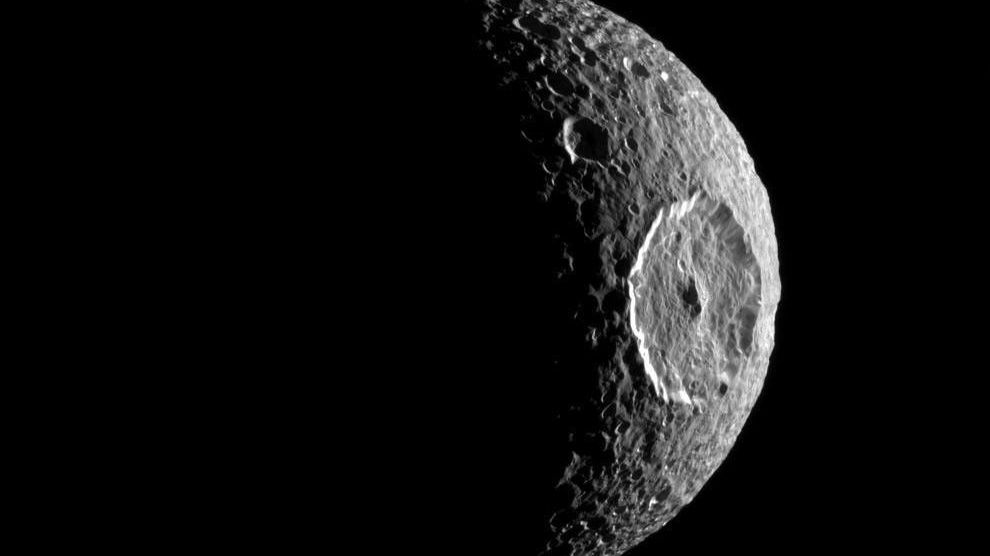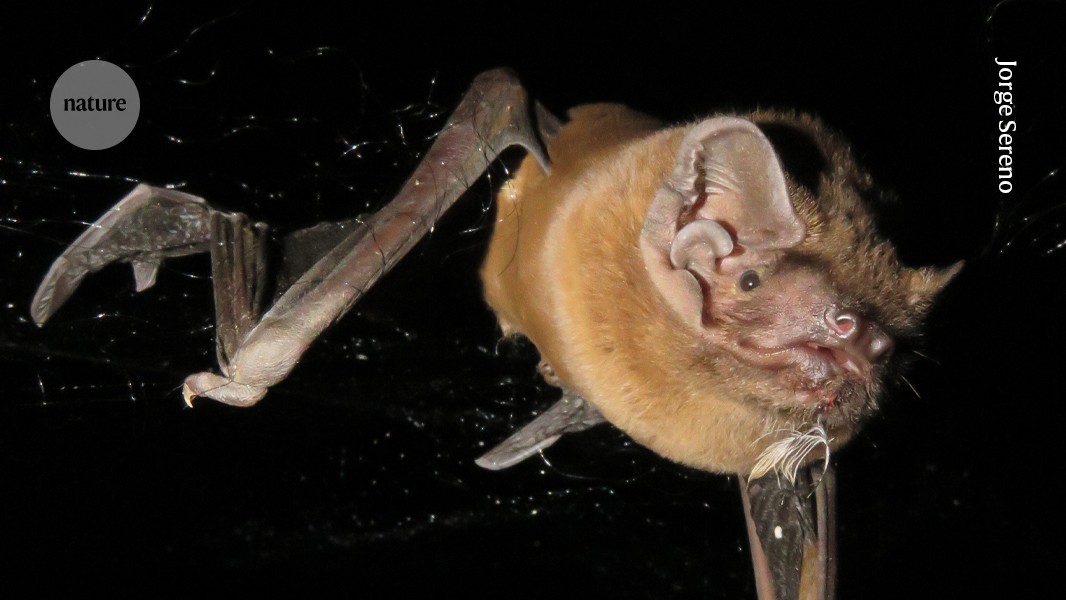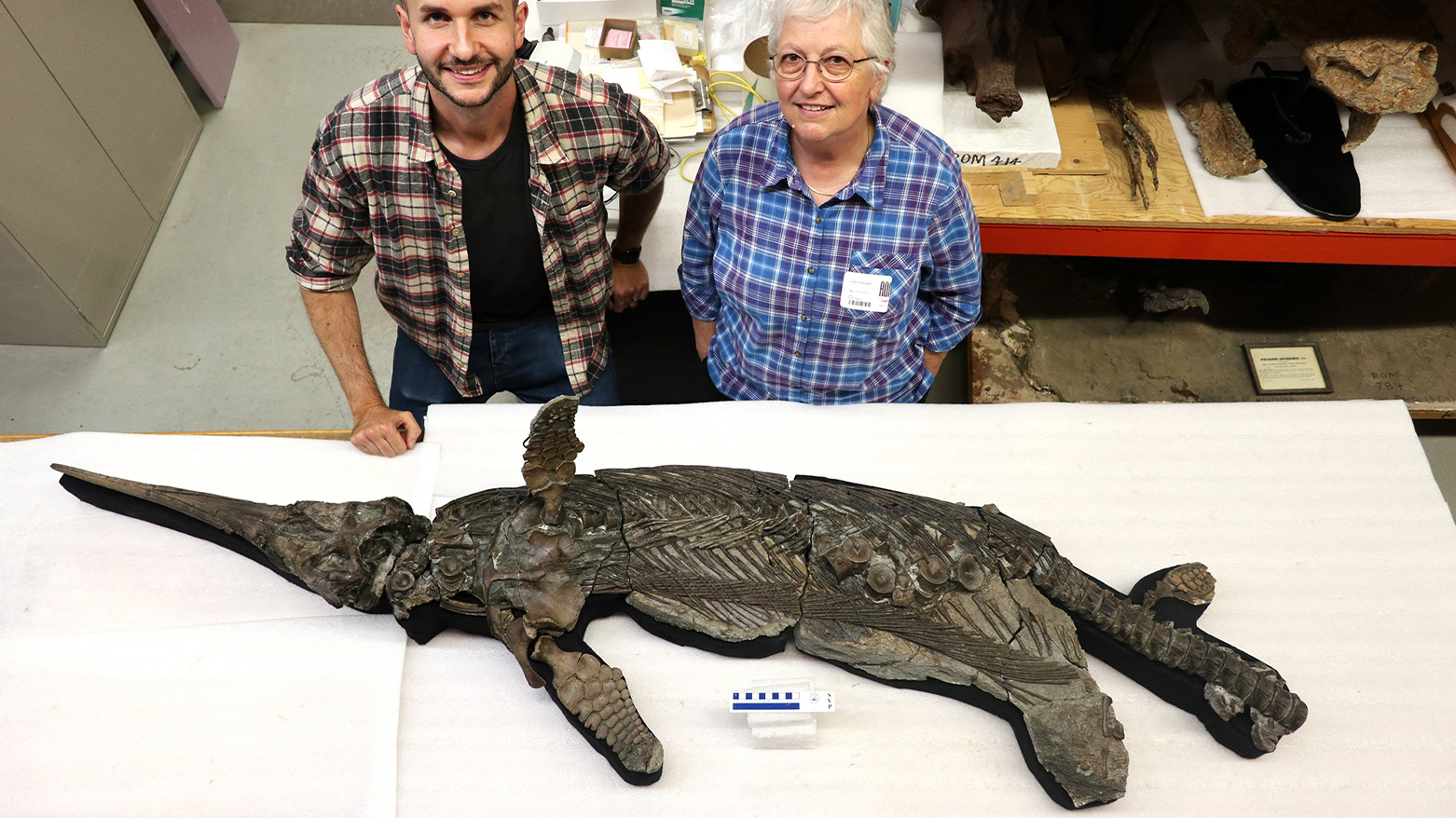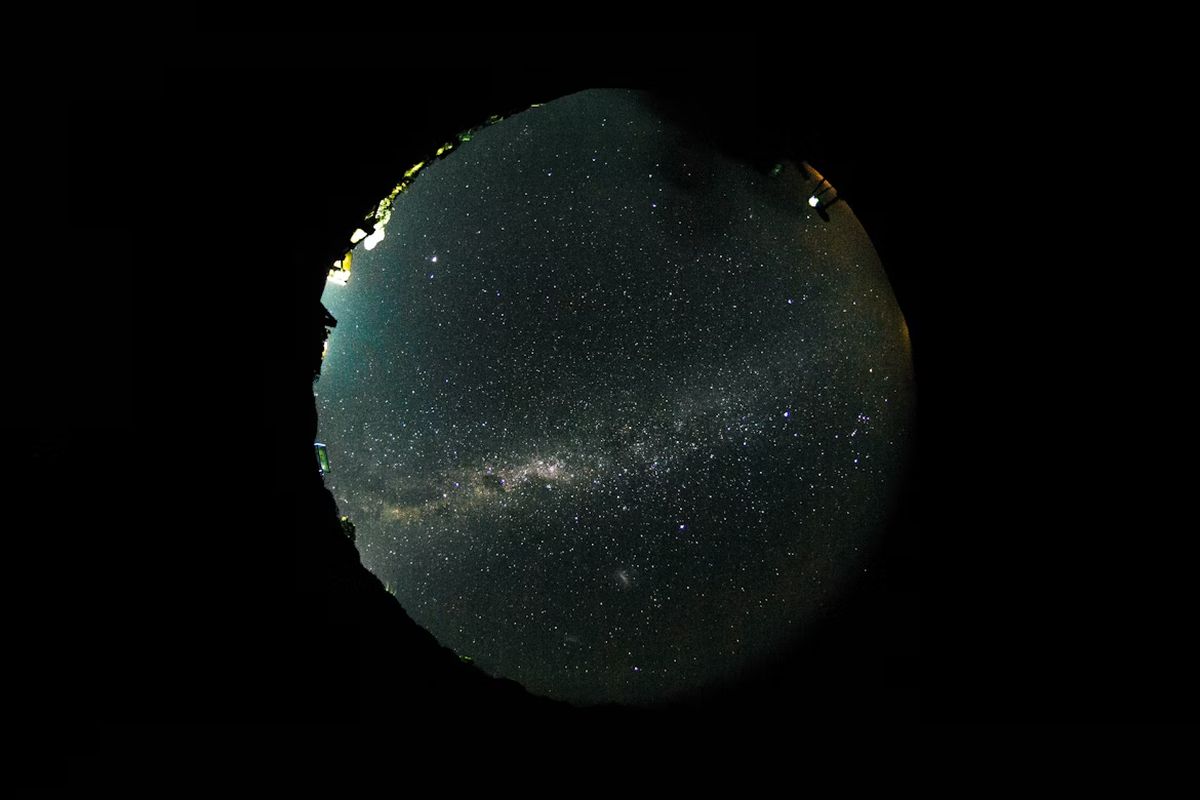This request seems a bit unusual, so we need to confirm that you’re human. Please press and hold the button until it turns completely green. Thank you for your cooperation!
Category: 7. Science
-
Just a moment…
Just a moment… -

Saturn’s moon Mimas may have an ocean — and a future spacecraft could find it
The case for a newborn ocean on Saturn’s moon Mimas continues to build.
Research mapping the thickness of the world’s icy crust not only provides a window for how old an existing ocean might be but also probes where the crust might be at its…
Continue Reading
-

European bats capture migrating birds and eat them on the wing – Nature
- European bats capture migrating birds and eat them on the wing Nature
- Grisly recording reveals bat catching, killing and eating robin mid-flight The Guardian
- Bats Catch Migratory Birds and Eat Them in Midair The New York Times
- Bats hunt and eat…
Continue Reading
-

Scientists unlock nature’s secret to a cancer-fighting molecule
Scientists at UBC Okanagan have discovered how plants create mitraphylline, a rare natural substance with potential anti-cancer properties.
Mitraphylline is part of a small family of plant-derived molecules known as spirooxindole alkaloids. These…
Continue Reading
-

Scientists unlock nature’s secret to a cancer-fighting molecule
Scientists at UBC Okanagan have discovered how plants create mitraphylline, a rare natural substance with potential anti-cancer properties.
Mitraphylline is part of a small family of plant-derived molecules known as spirooxindole alkaloids. These…
Continue Reading
-
World-first binary stars discovery sheds light on Milky Way’s formation-Xinhua
CANBERRA, Oct. 10 (Xinhua) — A world-first discovery of binary stars, pairs of stars orbiting a common center of gravity, could be the first step in building a more complete picture of how our galaxy formed, according to astronomers in…
Continue Reading
-

Ancient fungi ruled Earth’s landscapes billions of years before plants, secretly shaping the first ecosystems |
For centuries, plants were seen as the first colonisers of land, but new research reveals that fungi ruled terrestrial ecosystems long before plants took root. Emerging hundreds of millions of years earlier, fungi…
Continue Reading
-

New ‘Sword Dragon’ Fossil Unearthed on England’s Jurassic Coast
A near-complete 190-million-year-old fossil found on Dorset’s Jurassic Coast has been identified as a new “sword dragon” ichthyosaur species.
ERBIL (Kurdistan24) – In a remarkable discovery that has provided a crucial new…
Continue Reading
-

Bridging the Sex and Gender Gap in Biomedical Science
Modern medical research plays a vital role in generating knowledge that can be translated into clinical practice to improve healthcare. Yet despite legislative progress, sex bias persists: male subjects – whether cells, animals or humans…
Continue Reading
-

Have Astronomers Finally Found The Universe’s First Dark Stars?
Within the first few hundred million years after the Big Bang, the universe’s first stars began to form from clouds of hydrogen and helium. However, observations from the James Webb Space Telescope (JWST) have revealed objects in…
Continue Reading